Each year, several students of the Environmental Pollution Management (Ecotoxicology) Program complete an 8-week internship, the so-called “AMEO”. The AMEO is performed either at an external university, governmental or industrial research institute where students learn to apply the competences achieved during their study. Students also use this opportunity to travel and explore not only Germany, but also other countries. In this blog post, Niklas Lebkücher shares his AMEO experience in BASF SE, Ludwigshafen am Rhein.
“Hi, my name is Niklas and I completed my eight-week internship at the BASF SE in Ludwigshafen am Rhein. I worked in the department of aquatic ecotoxicology, where the toxicity of a broad variety of substances is tested on algae, duckweeds, daphnia and fish in acute and chronic studies according to the related OECD guidelines. The studies are conducted under the quality system of good laboratory practice (GLP), which I learned a lot about in terms of its application in the daily lab routine.
The working hours at BASF SE were quite flexible, but I usually worked from 6:30 to 15:00 to be able to properly support the lab staff, since the majority of the studies require a lot of preparatory work over the whole day. As a first major task, I was involved in the setup of an early-life stage toxicity test (OECD TG 210, ELS), where fish are exposed to a range of concentrations of a chemical substance, from the initiation stage as fertilized eggs until reaching a juvenile life-stage. During that time, I learned how much work it is in general, to set up a fish study under flow-through conditions, which also requires quite a lot of technical background knowledge.
Apart from supporting the lab stuff with the toxicity tests, I was entrusted with a project, that I was working on independently. This project involved the small-scale cultivation of the green algae Desmodesmus subspicatus as a food source for the water flea Daphnia magna. The aim of the project was to find an adequate cultivation method to achieve maximum algae growth by simultaneously using a small-scale setup. In the process, the light intensity and the light source, the pH value of the culture media and the culture media itself had to be adjusted and subsequent effects on the cultures had to be monitored. At the end of each cultivation cycle, the quality of the algae cultures was determined by analyzing their total organic carbon (TOC) content.
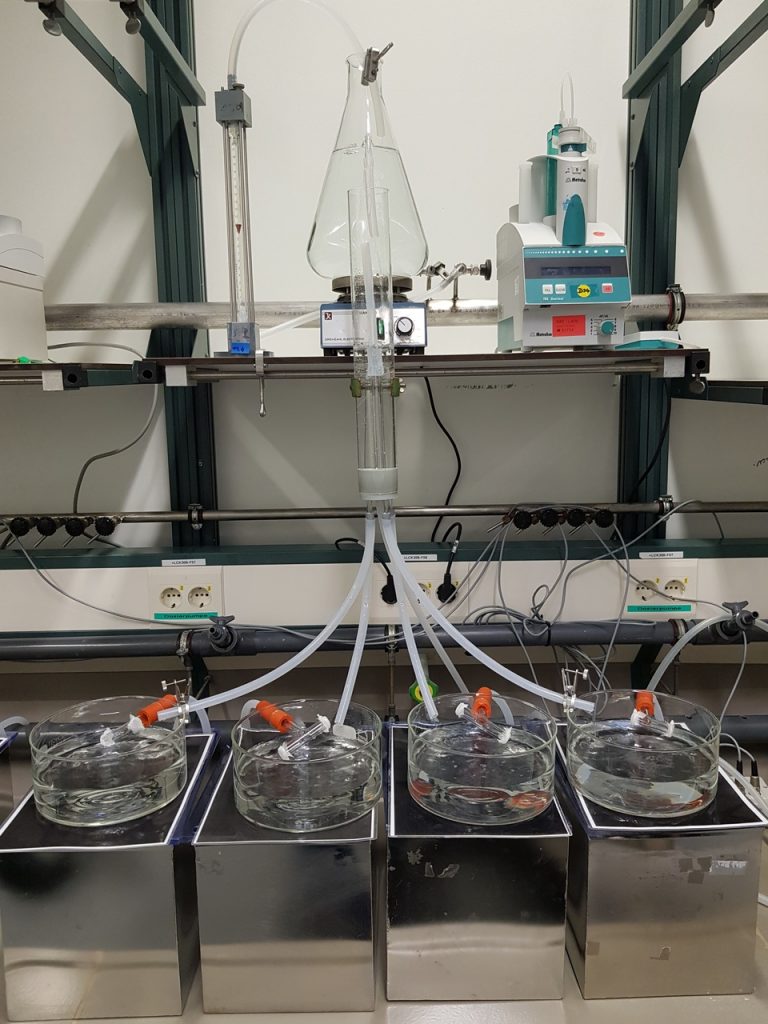
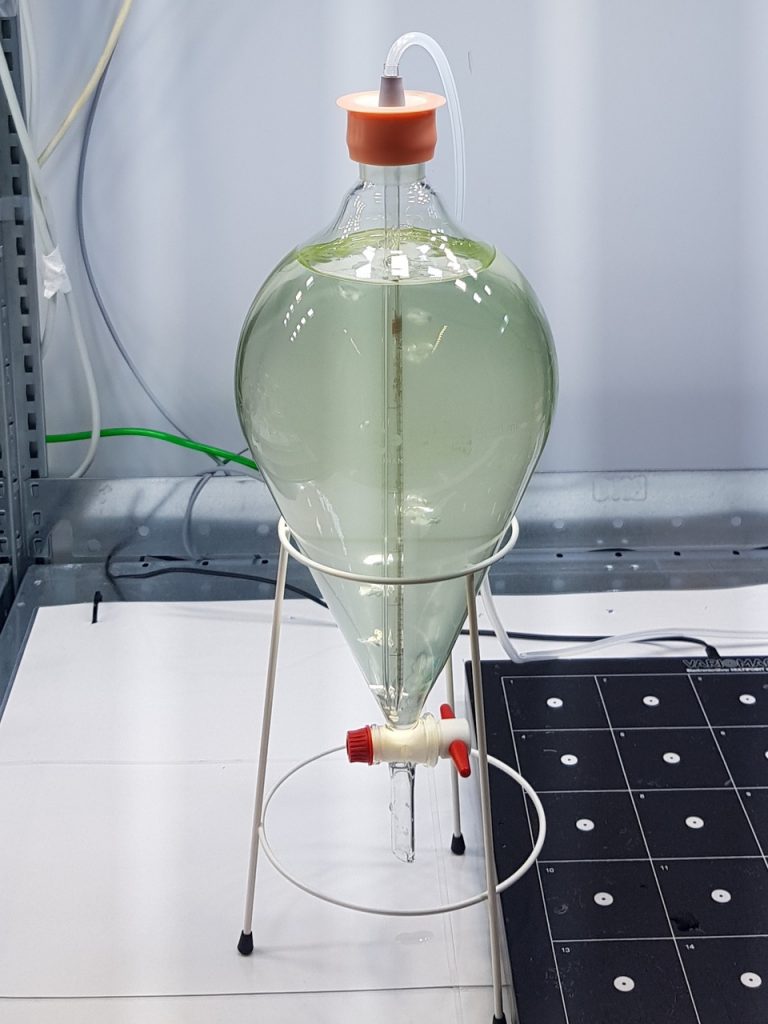
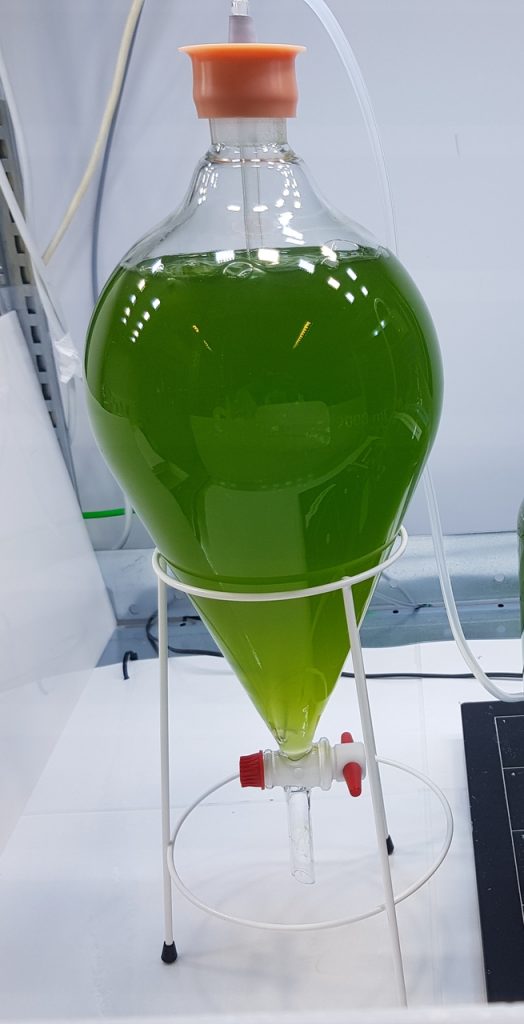
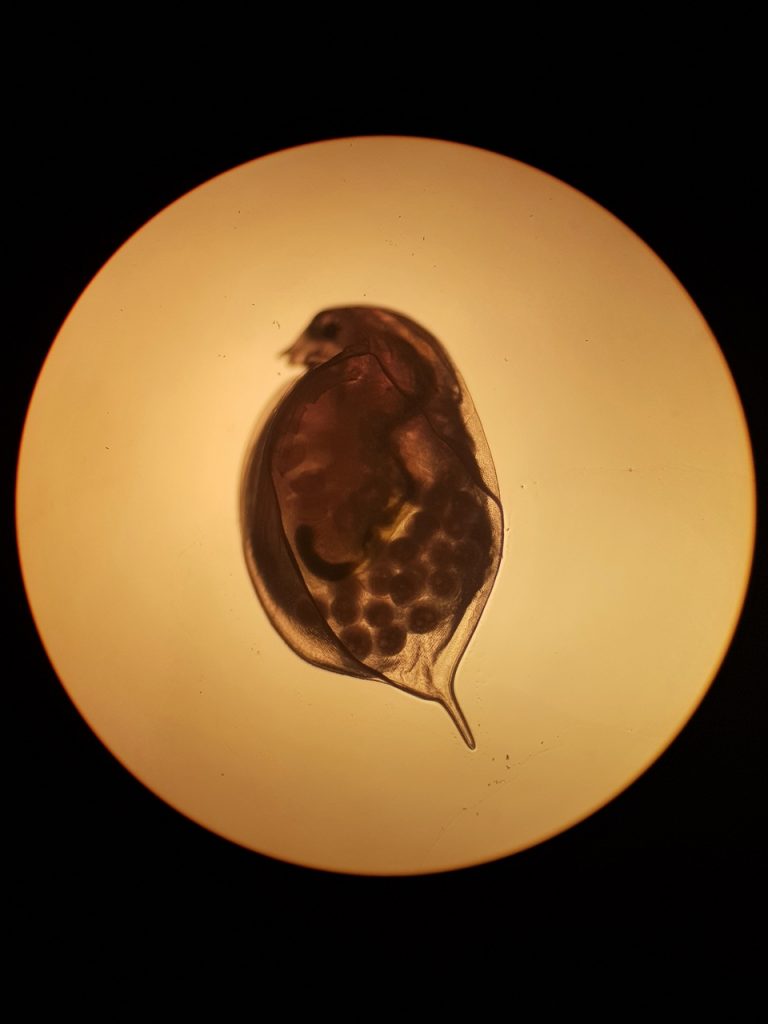
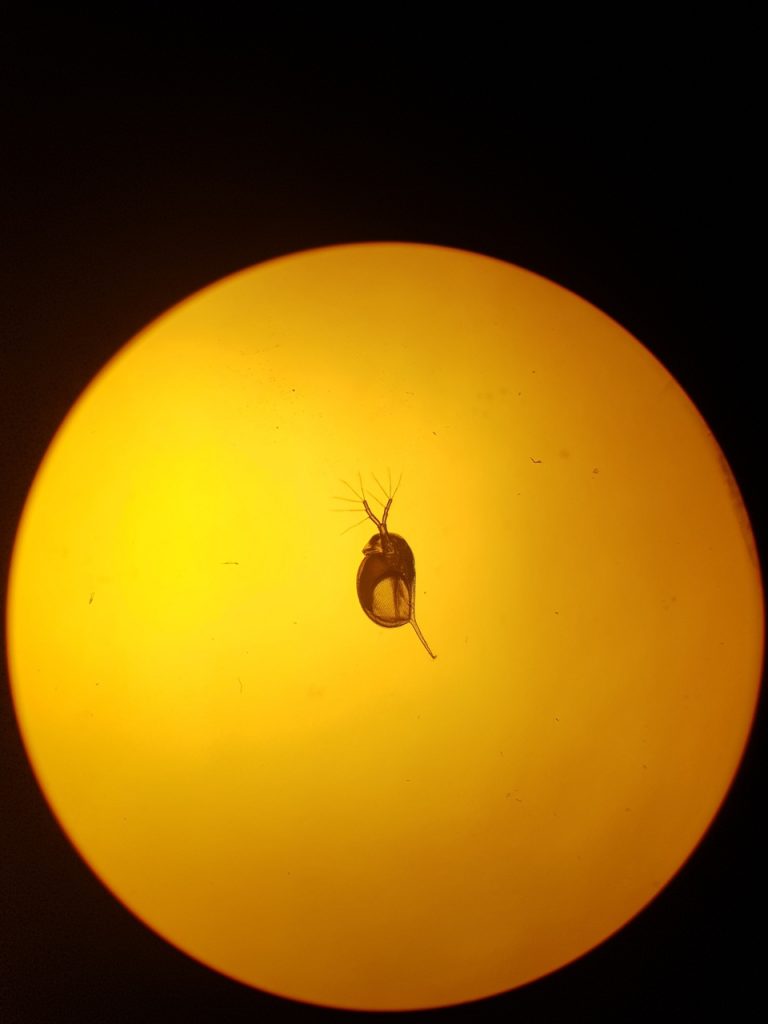
To sum it up, I learned a lot about the major study types that are conducted in the field of aquatic ecotoxicology. In the process, I was able to transfer the previously obtained theoretical knowledge from the lectures at the university into the real-life application in the laboratory. Another feature that I really enjoyed was the active exchange with the other research departments, which was promoted by the close connectivity of the facilities of the toxicology sector. All in all, I really enjoyed my time at the BASF SE in Ludwigshafen am Rhein and I can highly recommend such an internship for those, who are interested in working in the field of aquatic ecotoxicology on an industry level.”
